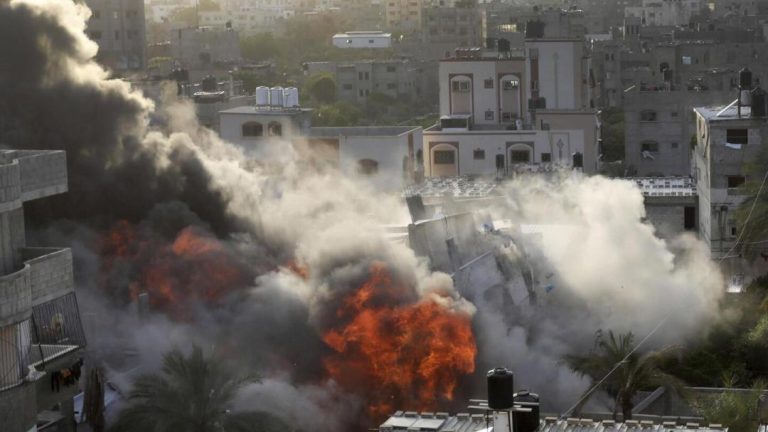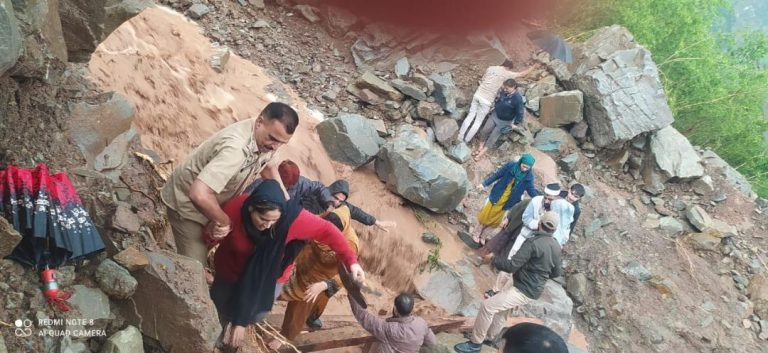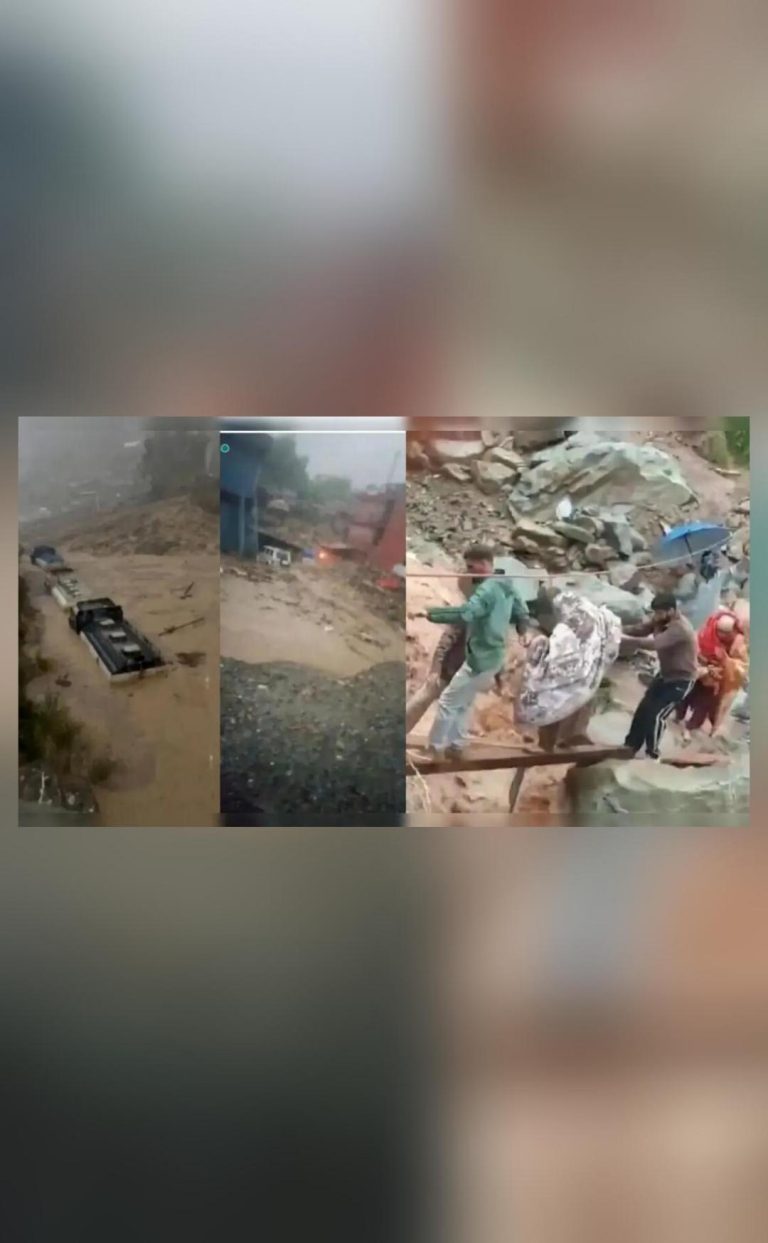
BJP Responds to Mamata’s ‘Divide & Rule’ Claim, Says ‘Did Mob Come Out of Air’
In the wake of the recent violence in West Bengal, a heated debate has been unfolding between the BJP and the ruling Trinamool Congress (TMC) over the issue of communal tensions and violence in the state. The latest salvo in this debate was fired by BJP’s Amit Malviya, who responded to West Bengal Chief Minister Mamata Banerjee’s claims that the BJP and RSS are playing a “divide and rule” game for their political benefit, leading to violence in the state.
Mamata Banerjee had accused the BJP and RSS of trying to create communal tensions in the state, saying that they were using divisive tactics to polarize the electorate and gain political advantage. However, Amit Malviya, the BJP’s IT cell head, took strong exception to these claims, saying that the BJP was not responsible for the violence and that the Mamata government was trying to mislead the public.
In a tweet, Malviya said, “Bengal police were already aware of the rallies…Did mobs, weapons, and stones materialise out of thin air? Mamata has always misled the public. She is trying to cover up her government’s failure to maintain law and order.”
Malviya’s response was a clear rejection of Mamata’s claims and an attempt to turn the tables on the TMC government. By asking whether the mobs, weapons, and stones that were used in the violence “materialised out of thin air”, Malviya was implying that the Mamata government was not doing enough to prevent the violence and was instead trying to shift the blame onto the BJP and RSS.
This is not the first time that the BJP and TMC have clashed over the issue of communal tensions and violence in West Bengal. In recent months, there have been several instances of violence and clashes between different communities in the state, which have been attributed to political and ideological differences.
One of the most recent instances of violence was reported from the town of Bhatpara in North 24 Parganas district, where clashes broke out between BJP and TMC supporters on May 24. The violence resulted in several injuries and damage to property, and the police had to resort to lathicharge to disperse the crowd.
The BJP has accused the TMC government of being responsible for the violence, saying that it is a result of the government’s failure to maintain law and order. The TMC, on the other hand, has blamed the BJP and RSS for trying to create communal tensions and polarize the electorate.
The debate over the issue of communal tensions and violence in West Bengal is likely to continue in the coming days, with both the BJP and TMC dug in their positions. However, it remains to be seen whether the Mamata government will take concrete steps to prevent further violence and maintain law and order in the state.
In the meantime, the people of West Bengal are left to wonder whether the violence that has been unfolding in their state is a result of political and ideological differences, or whether it is a result of a deeper failure of governance and leadership.
As the debate over the issue of communal tensions and violence in West Bengal continues to unfold, it is clear that the stakes are high and the consequences of failure are severe. It is therefore essential that the Mamata government takes concrete steps to prevent further violence and maintain law and order in the state.
In conclusion, the response of the BJP to Mamata’s ‘divide and rule’ claim has added a new dimension to the debate over the issue of communal tensions and violence in West Bengal. While the BJP has rejected Mamata’s claims and accused the TMC government of failing to maintain law and order, the TMC has blamed the BJP and RSS for trying to create communal tensions and polarize the electorate.
As the debate continues, it is essential that the people of West Bengal remain vigilant and demand that their government takes concrete steps to prevent further violence and maintain law and order in the state. Only then can the state achieve peace and stability, and the people can live without fear of violence and intimidation.






